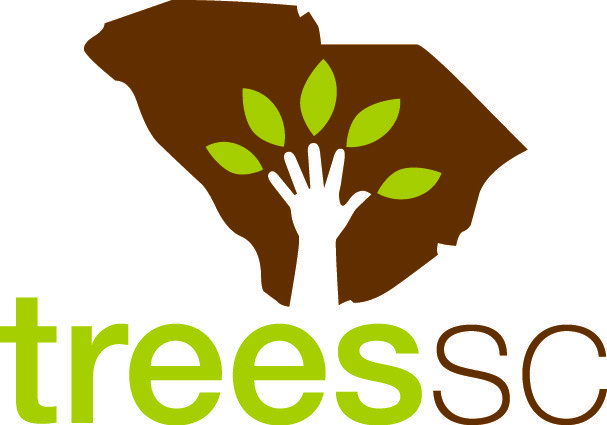
By Clark Beavans
I tend to think of community forestry as a sort of “canopy infrastructure” with three major interconnected parts to be managed: 1) public trees (trees planted and/or maintained that exist on public property, such as street trees, park trees, trees on municipal grounds); 2) private trees(trees on commercial, residential, and other properties not owned by public institutions); and 3) trees near power lines, which are required to be pruned so as not to interfere with the power grid.
Electric utilities do a tremendous amount of community forestry whether we approve of the results or not. In my world it is wise for communities to cultivate a good, communicative relationship with electric providers in order to enable them to keep their lines clear in ways that are most compatible with community standards. Because electric utilities generally contract out their line clearance work, they must, in turn, communicate their expectations to the contractors, which change from time to time because contracts are cyclical. Good clear communication is not easy, takes constant focus to maintain, and the tiniest miscommunication can sometimes create unnecessary problems.
There are as many ways to address these three community forestry components as there are municipalities in South Carolina. One of the common approaches is to have a designated “tree person” who is a municipal (or institutional) forester, arborist, or horticulturist, and who administers the planting, maintenance and removal of public trees in their jurisdiction through either in-house tree crews or through contracts or a combination of both. Private trees are commonly regulated through Planning or Zoning laws (or even restrictive covenants) that require the planting (sometimes also requiring maintenance and removal or preservation) of private trees. Finally, electric utilities cut trees away from power lines everywhere in South Carolina, out of necessity.
Mount Pleasant is a suburban city of over 90,000 people covering about 45 square miles in Charleston County. The Town of Mt Pleasant has been recognized as a Tree City USA since 1989, and actively promotes the protection of existing trees and the replacement and planting of new trees.
Mt Pleasant’s community forestry philosophy seems solid to me: roughly equal parts public trees, private trees (through Planning and Zoning regulations), and working with Dominion Energy to ensure community standards are maintained.
The Town’s Public Services Department manages public trees through a combination of in-house and contracted planting and maintenance. Many new public trees come about through capital improvement projects involving large scale roadway improvements that have streetscape components.
Mount Pleasant devotes a great deal of their tree promotion efforts to private trees. I interviewed Senior Planner (and former Trees SC board member) Eddie Bernard to help me understand more about their tree planting and preservation requirements on private property.
I was struck by how much of his time involves tree removal requests – because Mt Pleasant’s regulations extend to Single Family Residential classification, there are so many tree removal requests that he spends up to 90% of his field time inspecting and verifying them.
Of particular interest to me is the Town’s Tree Bank, which is set up to receive fees in lieu of required trees which for various valid reasons it would be inappropriate to replant or preserve. The fee is calculated based on species, size and other variables and is paid to satisfy the tree planting or preservations requirements of the Town’s tree ordinance. The formula for the fee is updated periodically, based on the average wholesale cost of a 4-inch caliper shade tree. Not only homeowners and developers, but road and other infrastructure projects that impact the existing tree canopy can be mitigated through the Tree Bank, and it generates substantial funding for tree planting or other community forestry projects. The proceeds of the Tree Bank are administered by Mt Pleasant’s Culture, Arts & Pride Commission.
I don’t know how many communities across South Carolina utilize this type of funding and mitigation vehicle, but to me it seems like a very good way to help fund community forestry and at the same time provide a mitigation solution where it is impractical or inappropriate to plant or preserve some required trees.
I wondered about the Town’s relationship with Dominion Energy, having noticed that the current line clearing information was posted on the town’s website. Eddie explained that through the franchise agreement the pruning cycle is communicated annually. There is currently a new contractor in their first year, so that relationship is evolving.
Over the course of our conversation I learned that Eddie has been with the Town since 1999, in the years since then Mt Pleasant has more than doubled in population. That is a staggering amount of change, kudos to this community for managing to keep up as well as they do!

Recent Comments